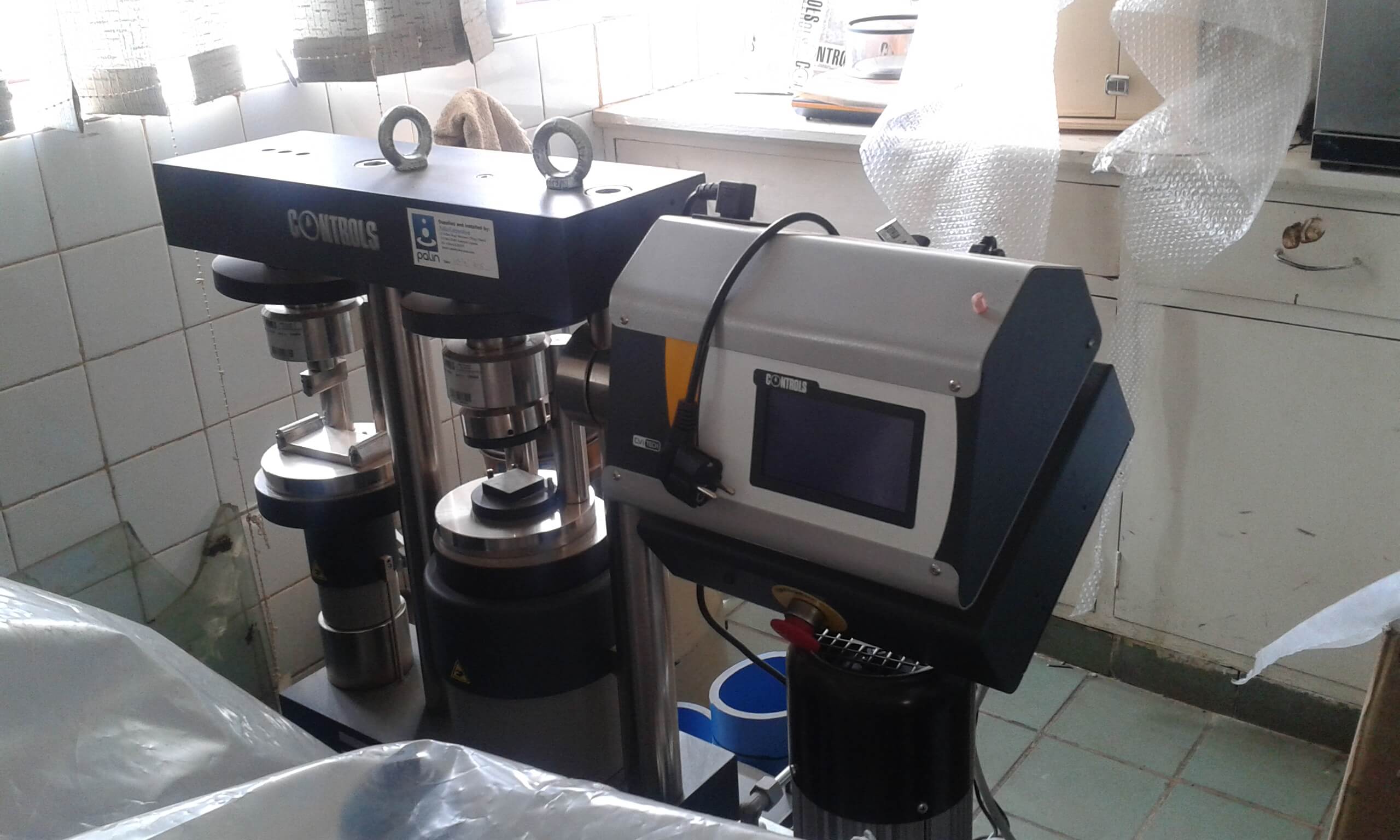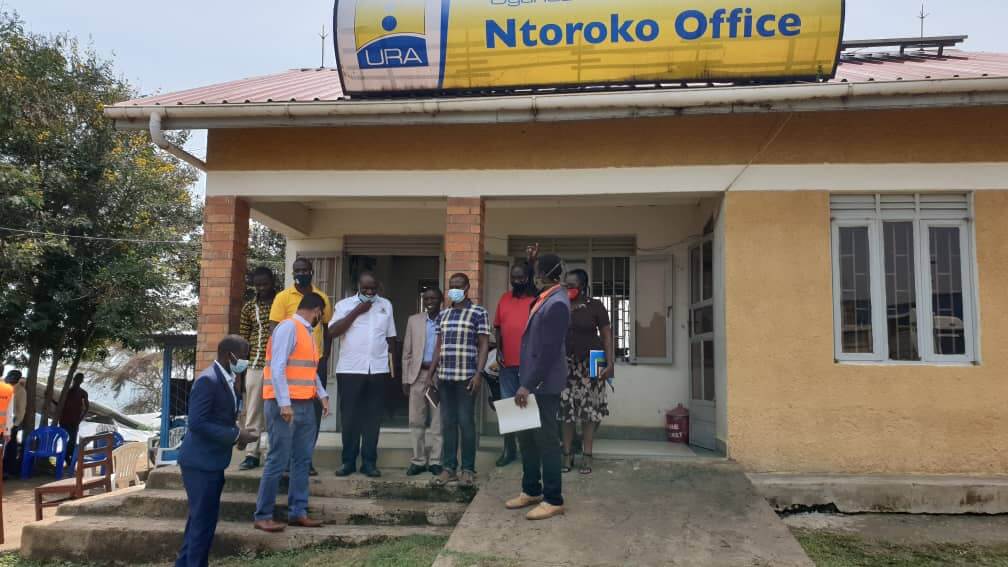[vc_row][vc_column][custom_inner_menus select_menu="project"][/vc_column][/vc_row][vc_row][vc_column][single_project_block_1 heading="UNBS and MIT improve testing" implementor="Ministry of Trade Industry and Cooperatives" target_group="Importers and exporters, Manufacturers, Uganda National Bureau of Standards" project_value="US$ 2,700,000" implementation_period="2011 - 2017" download_btn_text="Download Project PDF" download_btn_link="#url"]Uganda currently lacks a National Standards and Quality Policy or a strategy to provide guidance and a coherent direction for the development of the national standards and quality infrastructure. Uganda has begun work on strengthening and promoting the use of quality standards and infrastructure through the SIDA and EU-funded Quality Infrastructure and Standards Programme (QUISP). Current funding indicates a deficit of €4m against a budget of €9m, out of which TMA will be funding the amount of US$1.6m. The Ministry of Trade and Uganda National Bureau of Standards have expressed the importance for TMA to work within existing mechanisms such as QUISP in supporting implementation of standards in Uganda. What: Promote the use of standards and quality infrastructure so as to improve the competitiveness of Uganda’s products, processes and service delivery systems in domestic, regional and international markets. How: TMA will provide financial and technical support to the Uganda government through the Ministry of Trade and Uganda National Bureau of Standards for the Implementation of project. Contact: Moses Sabiiti, Email: [email protected] Click here to learn more about One Stop Border Posts Program[/single_project_block_1][/vc_column][/vc_row][vc_row el_id="desired-result"][vc_column][single_project_block_2 heading="Desired Results" image_1="43453" image_2="43451"]Uganda National Bureau of Standards (UNBS) simplify and increase the transparency of import/ export procedures; producers improve the quality of products produced; bureau of standards staff and producers improve their understanding of standards and...
UNBS and MIT improve testing
Posted on: January 25, 2014
Posted on: January 25, 2014


















